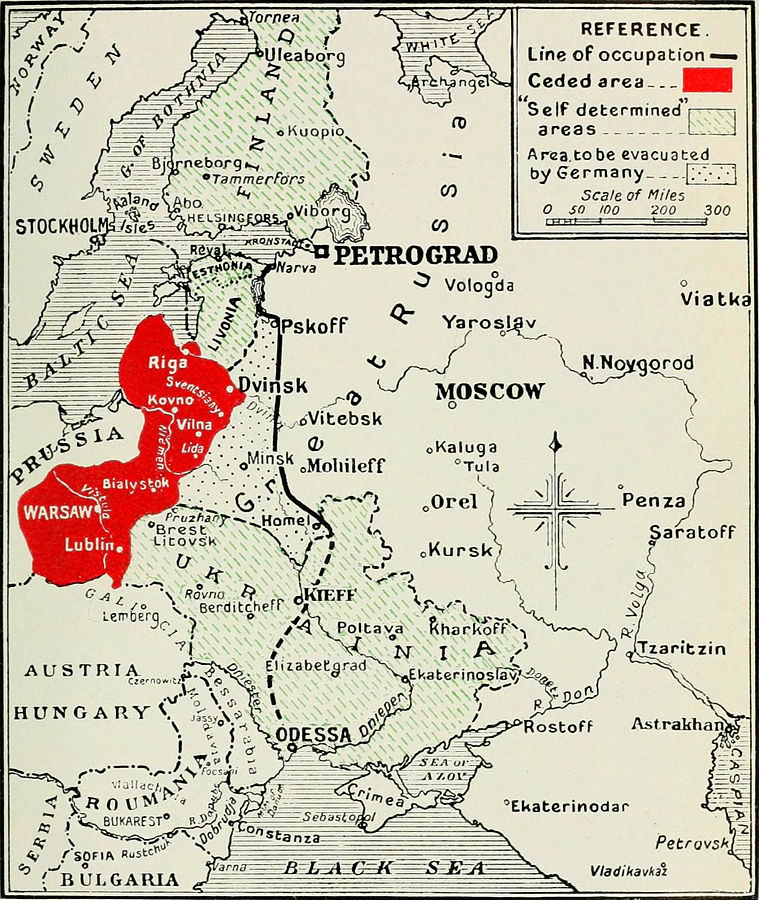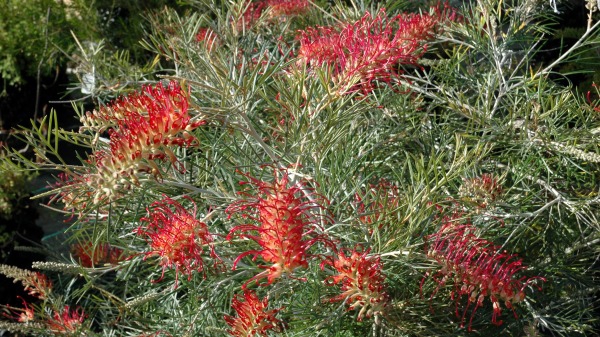Through an intense breeding program of native flora, botanists provided the Western Australian RSL with a commemorative grevillea (Proteaceae) for the Anzac Centenary. The perennial plants are expected to live 20 to 40 years.
For approximately 10 years, botanists have been running a plant breeding program, which produces native plant varieties for general cultivation.
RSL Spirit of Anzac Grevillea, it is the first hybrid grevillea of the breeding program to be commercially released.
“We wanted a plant that was robust and flowered for a long period, particularly on the 25th of April, Anzac Day.”
The hybridisation program has incorporated classic natives, combining attributes to allow for tough, yet ornamental flora.
Multiple parents add to resilient offspring
The RSL Spirit of Anzac Grevillea has a combination of parents sourced from the Western Australian Wheatbelt, the South Australian desert and the northern New South Wales coast.
“We breed resilience such as disease tolerance, low water requirements, heat tolerance, large flowers, flower colour, floral display, flower period, plant form and leaf shape.”
“Each hybrid will have a different range of these features due to recombination and expression of the parental genes.”
Source: ANZAC grevillea hybrid marks centenary celebrations
On the 25th of April 1915, Australian and New Zealand soldiers formed part of the expedition that set out to capture the Gallipoli peninsula. The objective was to open the Dardanelles to give the British a clear sea route to their ally Russia from the Mediterranean and the Black Sea. There were no easy supply lines to Russia. The North Sea was often frozen and the Far East too distant.
The Gallipoli Campaign lasted nine months before the evacuation of the last Allied troops in January 1916. A year later, Tsar Nicholas II abdicated and Russian involvement in the war ended with the Treaty of Brest-Litovsk signed on 3 March 1918.

The Treaty of Brest-Litovsk took away territory that included a quarter of the population and industry of the Russian Empire and nine-tenths of the coal mines.
